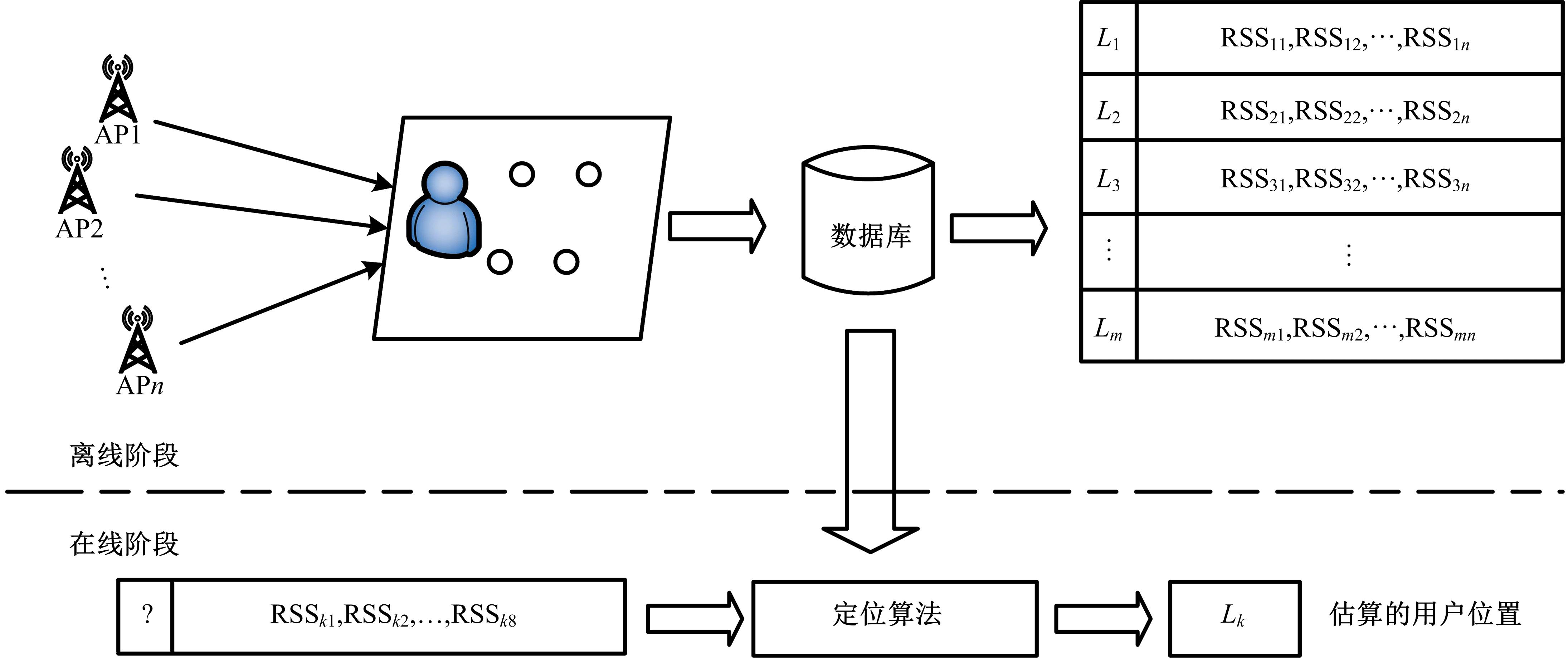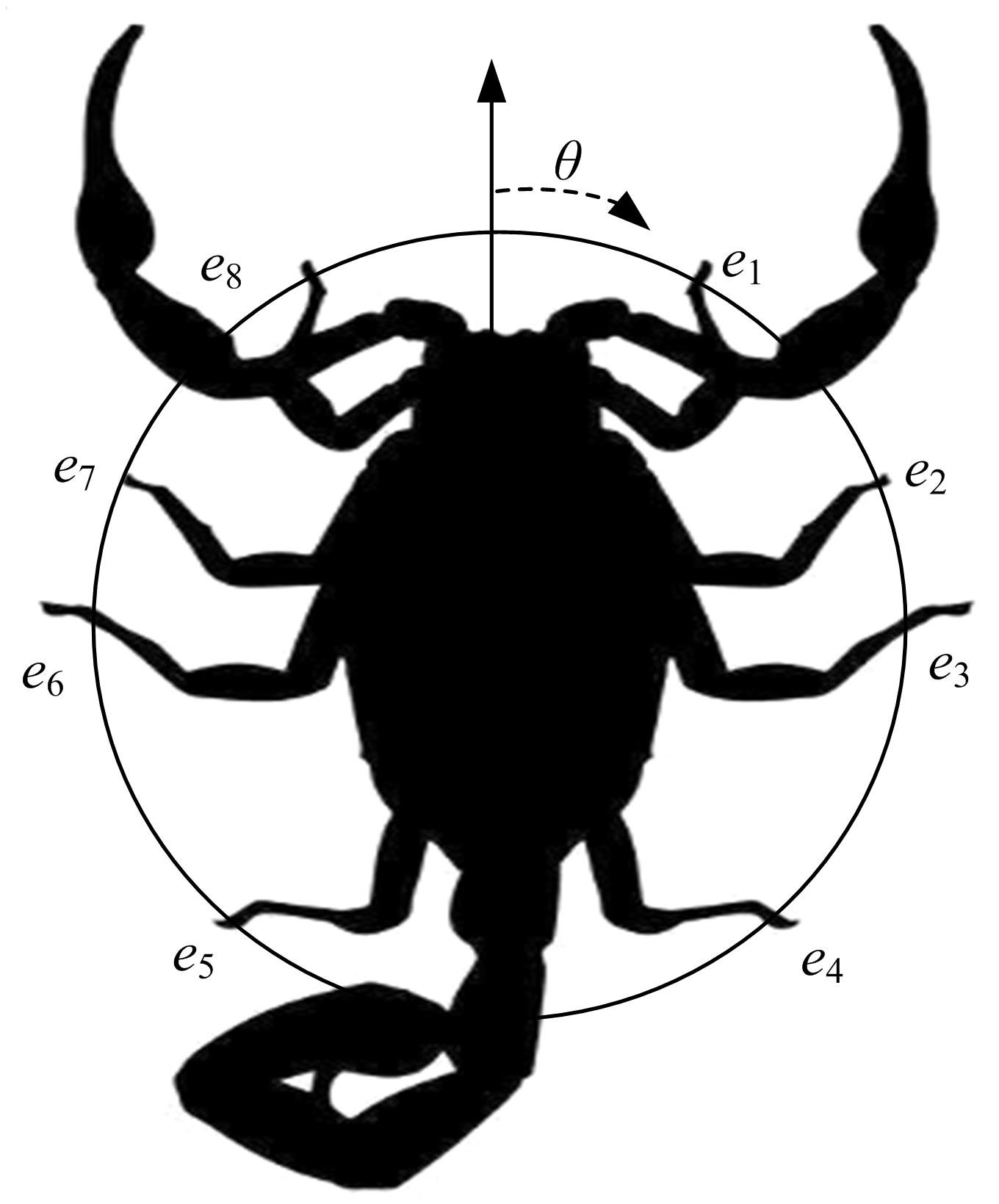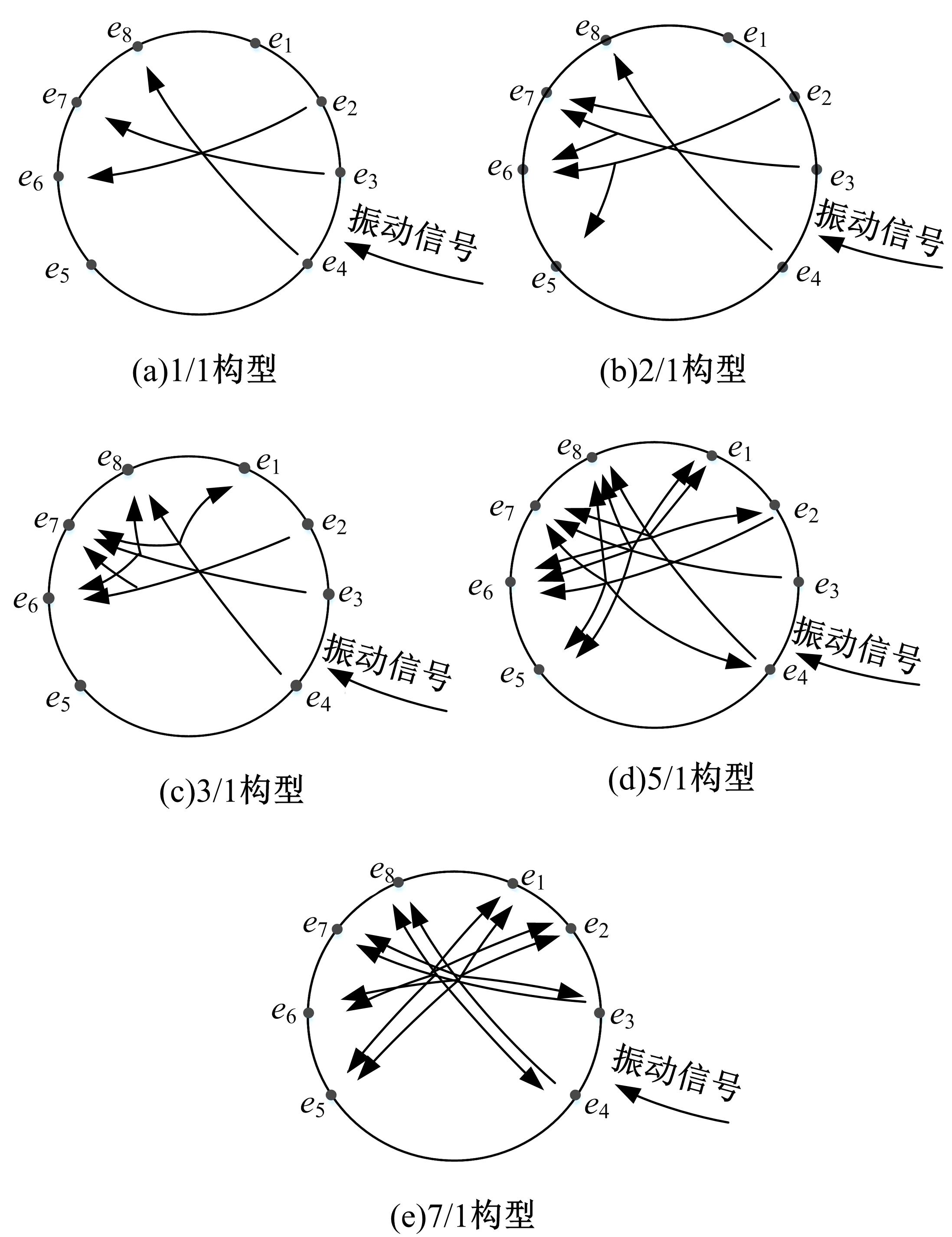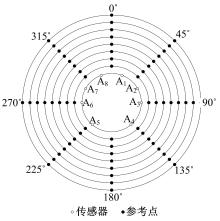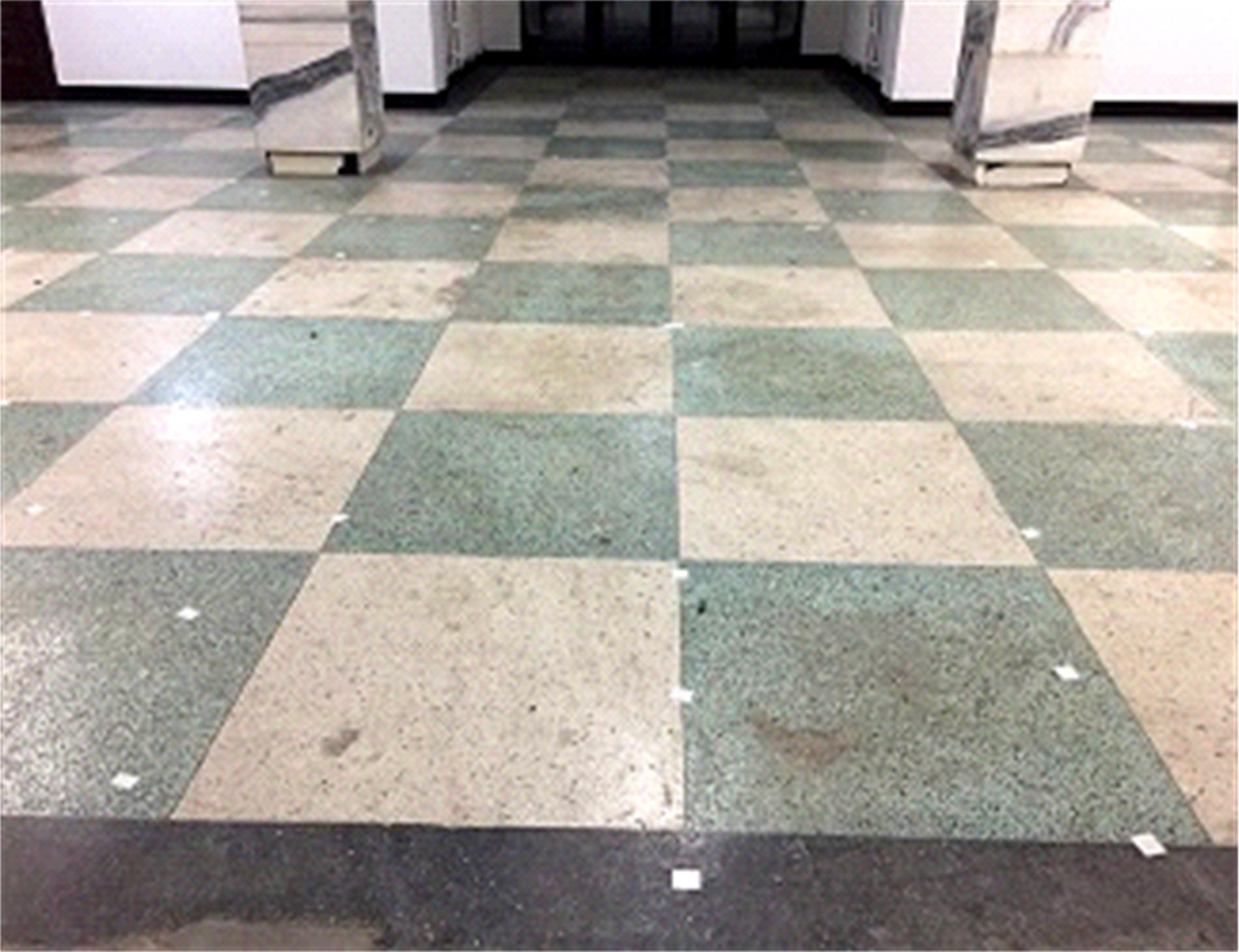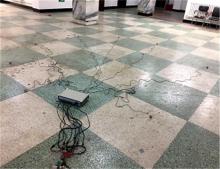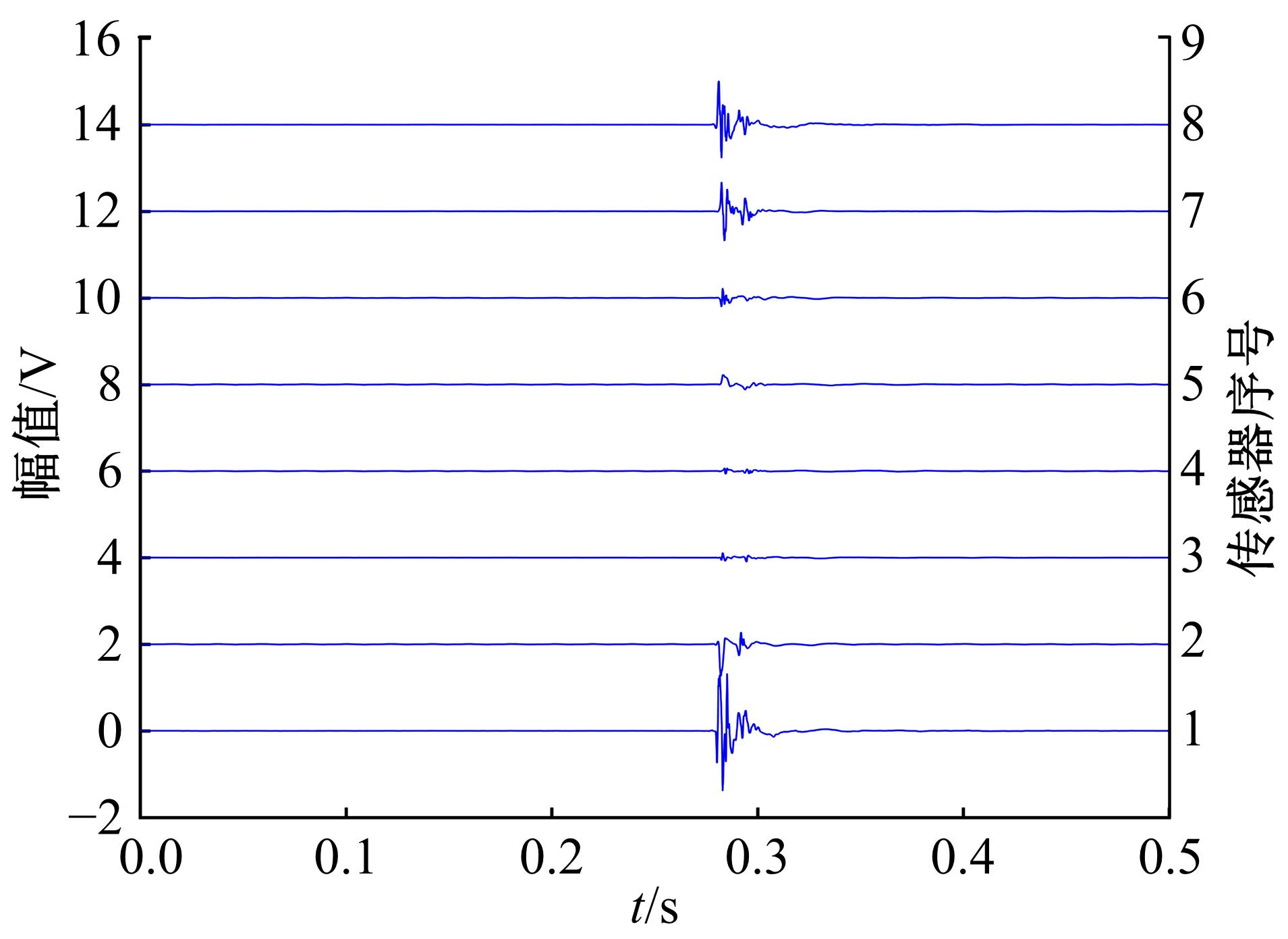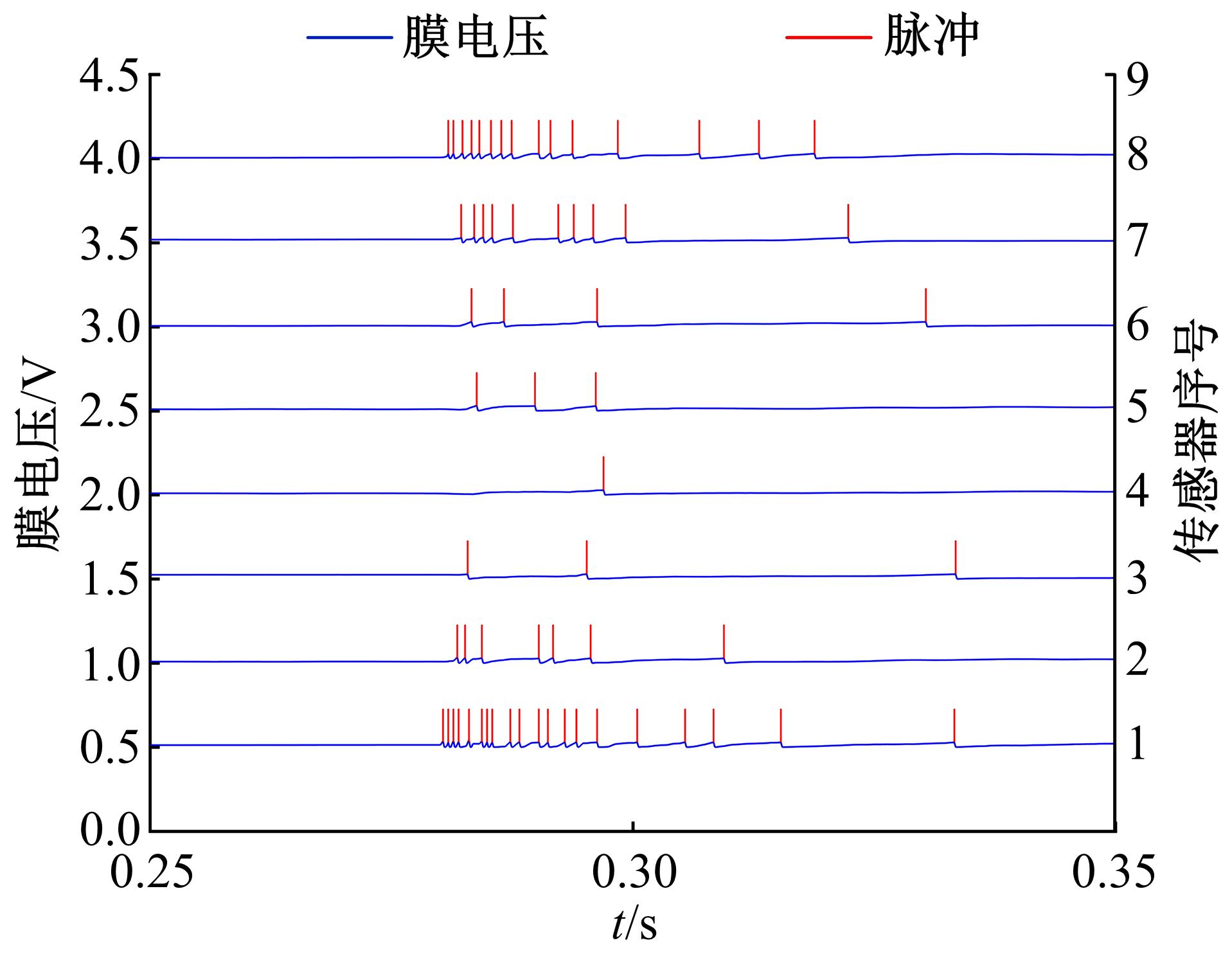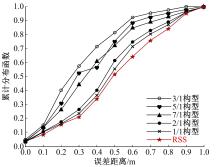Journal of Jilin University(Engineering and Technology Edition) ›› 2019, Vol. 49 ›› Issue (6): 2076-2082.doi: 10.13229/j.cnki.jdxbgxb20180996
Previous Articles Next Articles
Indoor positioning method based on location fingerprinting of imitating mechanism of scorpion vibration source
Fu LIU1,2( ),Mei-jing QUAN2,Ke WANG2,Yun LIU2,Bing KANG2,Zhi-wu HAN3,Tao HOU2,3(
),Mei-jing QUAN2,Ke WANG2,Yun LIU2,Bing KANG2,Zhi-wu HAN3,Tao HOU2,3( )
)
- 1. State Key Laboratory of Automotive Simulation and Control, Jilin University, Changchun 130022, China
2. College of Communication Engineering, Jilin University, Changchun 130022, China
3. Key Laboratory of Bionic Engineering, Ministry of Education, Jilin University, Changchun 130022, China
CLC Number:
- TN911.73
|
| [1] | Zi-ji MA,Hao LU,Yan-ru DONG. Dual path convolutional neural network forsingle image super⁃resolution [J]. Journal of Jilin University(Engineering and Technology Edition), 2019, 49(6): 2089-2097. |
| [2] | Xiao-hui YU,Zhi-cheng ZHANG,Xin-bo LI,Xiao-dong SUN. Parameter estimation of exponentially damped sinusoidsbased on state⁃space model [J]. Journal of Jilin University(Engineering and Technology Edition), 2019, 49(6): 2083-2088. |
| [3] | Yang LU,Shi-gang WANG,Wen-ting ZHAO,Yan ZHAO. Facial expression recognition based on separability assessment of discrete Shearlet transform [J]. Journal of Jilin University(Engineering and Technology Edition), 2019, 49(5): 1715-1725. |
| [4] | Chao DONG,Jing⁃hong LIU,Fang XU,Ren⁃hao WANG. Fast ship detection in optical remote sensing images [J]. Journal of Jilin University(Engineering and Technology Edition), 2019, 49(4): 1369-1376. |
| [5] | Ke⁃yan WANG,Yan HU,Huai WANG,Yun⁃song LI. Image dehazing algorithm by sky segmentation and superpixel⁃level dark channel [J]. Journal of Jilin University(Engineering and Technology Edition), 2019, 49(4): 1377-1384. |
| [6] | Tohtonur,Hai⁃long ZHANG,Jie WANG,Na WANG,Xin⁃chen YE,Wan⁃qiong WANG. High speed median filtering algorithm based on graphics processing unit [J]. Journal of Jilin University(Engineering and Technology Edition), 2019, 49(3): 979-985. |
| [7] | Lu⁃tao LIU,Na LI. Source detection based on coprime array [J]. Journal of Jilin University(Engineering and Technology Edition), 2019, 49(3): 986-993. |
| [8] | Yin⁃juan FU,Yong LI,Li⁃qin XU,Kun⁃hui ZHANG. Design and analysis of NLFM⁃Costas RF stealth radar signal [J]. Journal of Jilin University(Engineering and Technology Edition), 2019, 49(3): 994-999. |
| [9] | YING Huan,LIU Song-hua,TANG Bo-wen,HAN Li-fang,ZHOU Liang. Efficient deterministic replay technique based on adaptive release strategy [J]. Journal of Jilin University(Engineering and Technology Edition), 2018, 48(6): 1917-1924. |
| [10] | LIU Zhong-min,WANG Yang,LI Zhan-ming,HU Wen-jin. Image segmentation algorithm based on SLIC and fast nearest neighbor region merging [J]. Journal of Jilin University(Engineering and Technology Edition), 2018, 48(6): 1931-1937. |
| [11] | SHAN Ze-biao,LIU Xiao-song,SHI Hong-wei,WANG Chun-yang,SHI Yao-wu. DOA tracking algorithm using dynamic compressed sensing [J]. Journal of Jilin University(Engineering and Technology Edition), 2018, 48(6): 1938-1944. |
| [12] | YAO Hai-yang, WANG Hai-yan, ZHANG Zhi-chen, SHEN Xiao-hong. Reverse-joint signal detection model with double Duffing oscillator [J]. 吉林大学学报(工学版), 2018, 48(4): 1282-1290. |
| [13] | QUAN Wei, HAO Xiao-ming, SUN Ya-dong, BAI Bao-hua, WANG Yu-ting. Development of individual objective lens for head-mounted projective display based on optical system of actual human eye [J]. 吉林大学学报(工学版), 2018, 48(4): 1291-1297. |
| [14] | CHEN Tao, CUI Yue-han, GUO Li-min. Improved algorithm of multiple signal classification for single snapshot [J]. 吉林大学学报(工学版), 2018, 48(3): 952-956. |
| [15] | CHEN Mian-shu, SU Yue, SANG Ai-jun, LI Pei-peng. Image classification methods based on space vector model [J]. 吉林大学学报(工学版), 2018, 48(3): 943-951. |
|

